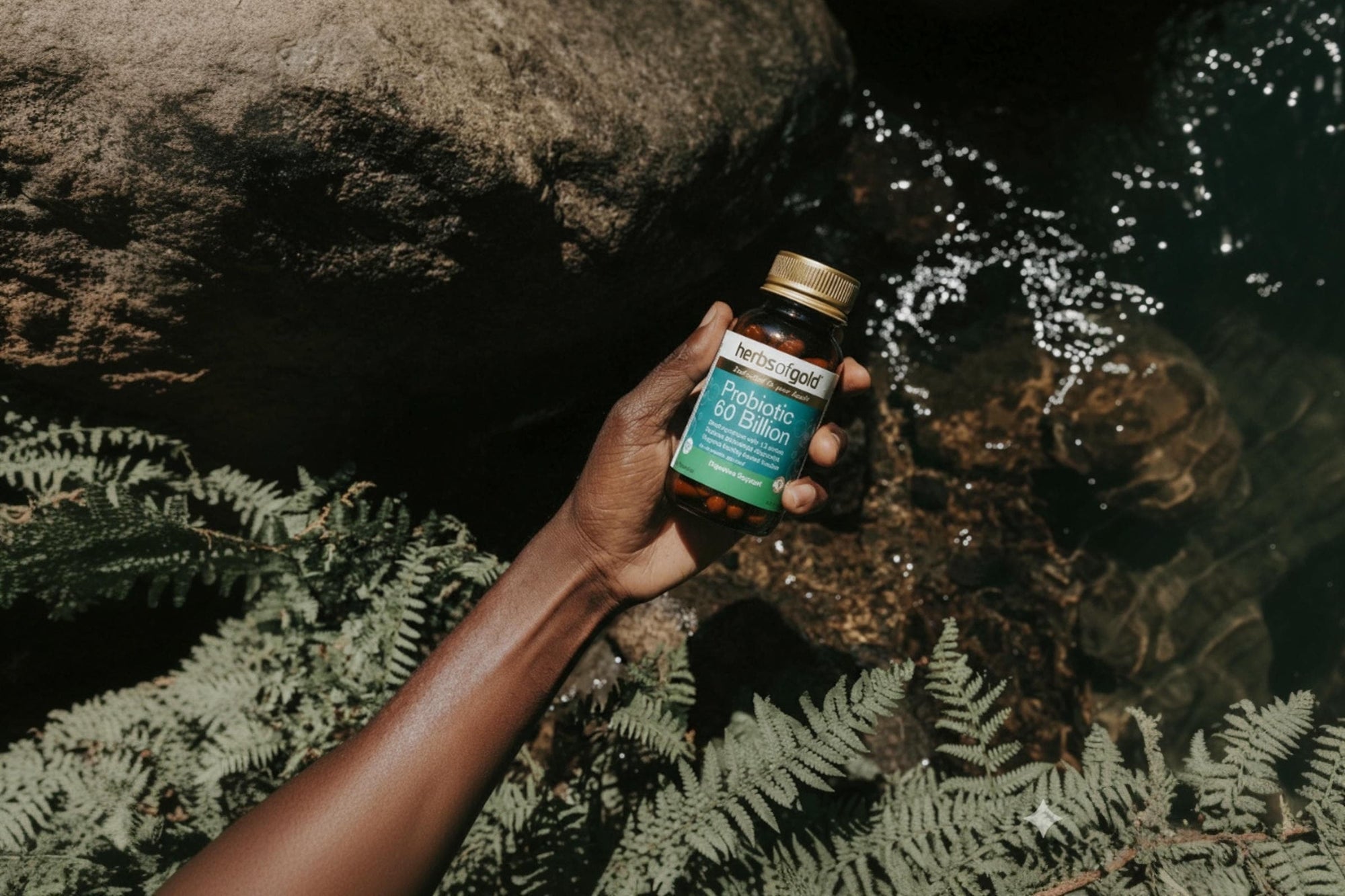
Are you meeting your daily magnesium requirements?
Share
The most recent health figures reveal approximately 1 in 3 Australian’s aged 2 years and over do not meet their Estimated Average Requirements (EAR) of magnesium each day, with 41% of males and 35% of females aged 19 years and over not meeting adequate intakes¹.
Magnesium has proven its versatility for supporting a wide range of benefits for human health including energy production, muscle health, nervous system and bone health, cardiovascular system function and heart health, while also assisting with the metabolism of carbohydrates and sugar.
With so many important functions in the body, how can you be sure you’re meeting your daily magnesium requirements?
Why you’re not getting enough
There are many reasons why you may not be getting the recommended daily allowance of magnesium in your diet, including:
- Poor dietary habits, including eating a diet high in processed foods. Did you know food processing and refining can remove up to 80% of the magnesium content of foods[1]?
- High intake of phytic acid (found in seeds, legumes and unprocessed wholegrains) inhibits magnesium absorption in the gut[2].
- Soaking and cooking these foods can reduce phytic acid levels
- High consumption of oxalate-rich foods (e.g. spinach, beans, chocolate) can inhibit magnesium uptake by forming indigestible complexes[3].
Why you’re losing it faster than you think
Magnesium levels are also depleted from the body quickly, especially in times of:
- Strenuous exercise which increases magnesium requirements due to increased energy demands and increased losses through sweat.
- Chronic stress which increases magnesium excretion via the kidneys.
- Excess coffee and alcohol consumption which increases urinary magnesium loss.
- High sodium intake which also increases urinary magnesium loss.
Measuring magnesium levels is difficult
Circulating blood levels of magnesium, or serum magnesium, is one of the most common ways to test magnesium levels. Unfortunately, only 1% of the body’s magnesium is found in blood, making this an unreliable indicator.
To determine if your dietary intake of magnesium is adequate, look for signs of low magnesium such as muscle twitching, cramps and spasms, lethargy or difficulty concentrating.
Magnesium – How much do you need?
The amount of magnesium you need depends on your age and sex. Average daily recommended amounts are listed below in milligrams (mg):
|
Life Stage |
Recommended Amount |
|
Birth to 6 months |
30 mg |
|
Infants 7–12 months |
75 mg |
|
Children 1–3 years |
80 mg |
|
Children 4–8 years |
130 mg |
|
Children 9–13 years |
240 mg |
|
Teen boys 14–18 years |
410 mg |
|
Teen girls 14–18 years |
360 mg |
|
Men |
400–420 mg |
|
Women |
310–320 mg |
|
Pregnant teens |
400 mg |
|
Pregnant women |
350–360 mg |
|
Breastfeeding teens |
360 mg |
|
Breastfeeding women |
310–320 mg |
Magnesium from foods
Magnesium is found naturally in many foods including:
- Legumes, nuts, seeds, whole grains and green leafy vegetables (such as spinach)
- Fortified breakfast cereals and other fortified foods
- Milk, yogurt and some other milk products
The following table list some of the best dietary food sources of magnesium and their equivalent magnesium content as a guide to help you meet your daily magnesium requirements.
|
Food |
Serving size |
Magnesium content |
|
Pumpkin seeds |
30g |
156mg |
|
Chia seeds |
30g |
80mg |
|
Spinach (cooked) |
1 cup |
70mg |
|
Cashews |
30g |
74mg |
|
Soy milk |
1 cup |
61mg |
|
Edamame (shelled, cooked) |
½ cup |
50mg |
|
Bread (whole wheat) |
2 slices |
46mg |
|
Avocado |
1 cup |
44mg |
|
Brown rice (cooked) |
½ cup |
42mg |
|
Kale (raw) |
100mg |
33mg |
|
Milk |
1 cup |
24mg |
When dietary intake of magnesium is inadequate, filling the gap with a high-quality magnesium supplement can be beneficial.
Herbs of Gold Magnesium Forte provides high-strength magnesium from four different sources of highly bioavailable organic magnesium, including magnesium amino acid chelate, magnesium citrate, magnesium glycinate and magnesium orotate, helping to prevent a dietary magnesium deficiency.
[1] Australian Bureau of Statistics. (2015). Australian Health Survey: Usual Nutrient Intakes 2011-12. https://www.abs.gov.au/statistics/health/health-conditions-and-risks/australian-health-survey-usual-nutrient-intakes/latest-release#essential-minerals
[2] Melse-Boonstra, A. (2020). Bioavailability of micronutrients from nutrient-dense whole foods: Zooming in on dairy, vegetables, and fruits. Frontiers in Nutrition, 7, 101.
[3] Melse-Boonstra, A. (2020). Bioavailability of micronutrients from nutrient-dense whole foods: Zooming in on dairy, vegetables, and fruits. Frontiers in Nutrition, 7, 101.
